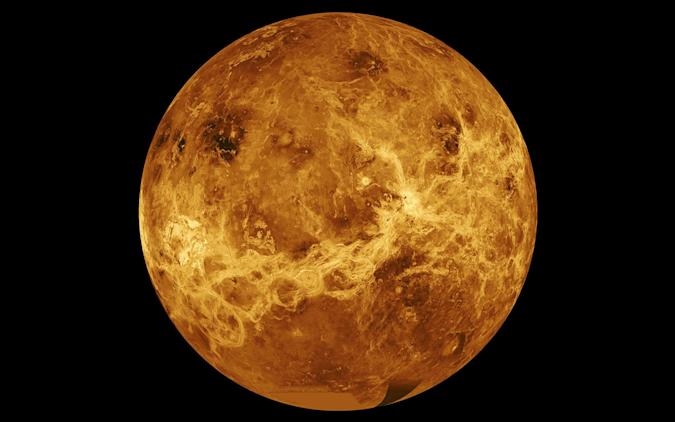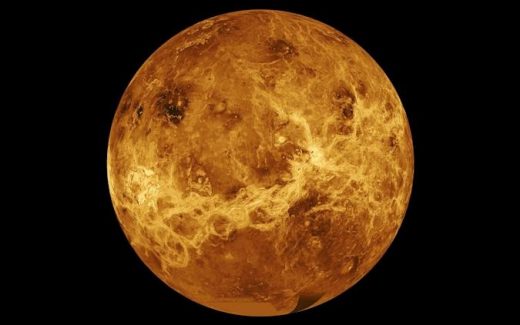NASA will send two missions to Venus by 2030
NASA will send two missions to Venus by 2030
DAVINCI+ and VERITAS graduate from the agency’s Discovery Program.


At the start of last year, NASA awarded four teams $3 million each to develop potential missions the space agency could expand into full-fledged expeditions. It now plans to move forward with two of those projects, and there’s a shared Venus theme between them.
The first of those is called the Deep Atmosphere Venus Investigation of Noble gases, Chemistry and Imaging, or DAVINCI+ for short and something that’s less of a mouthful. The craft will travel to Venus to snap high-resolution photos of the planet’s surface and its unique geological features, including its continent-like tesserae. It will also deploy a “descent sphere” that will travel through the planet’s atmosphere collecting data on the gasses located there. The hope is that DAVINCI+ will help scientists determine if Venus ever had an ocean, and to understand how the planet became such a hothouse.
The second mission, VERITAS or Venus Emissivity, Radio Science, InSAR, Topography, and Spectroscopy, will travel to the planet to create detailed, three-dimensional maps of its surface using a synthetic aperture radar. It will also track infrared emissions from the surface to map the makeup of its rocks, which is something scientists don’t know a lot about. With VERITAS, NASA hopes to gain a better understanding of how geological forces work on Venus and to understand why the planet developed so differently from Earth.
To make these projects a reality, NASA is providing each one with approximately $500 million in funding. The agency says it expects they’ll launch from Earth sometime between 2028 and 2030. Both DAVINCI+ and VERITAS came out of its Discovery Program, which sees scientists pitching NASA on relatively low-cost missions. One of the more recent craft to come out of the program was the Lunar Reconnaissance Orbiter.
(18)


